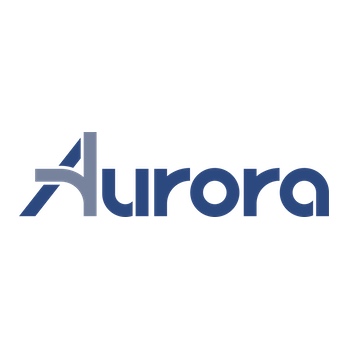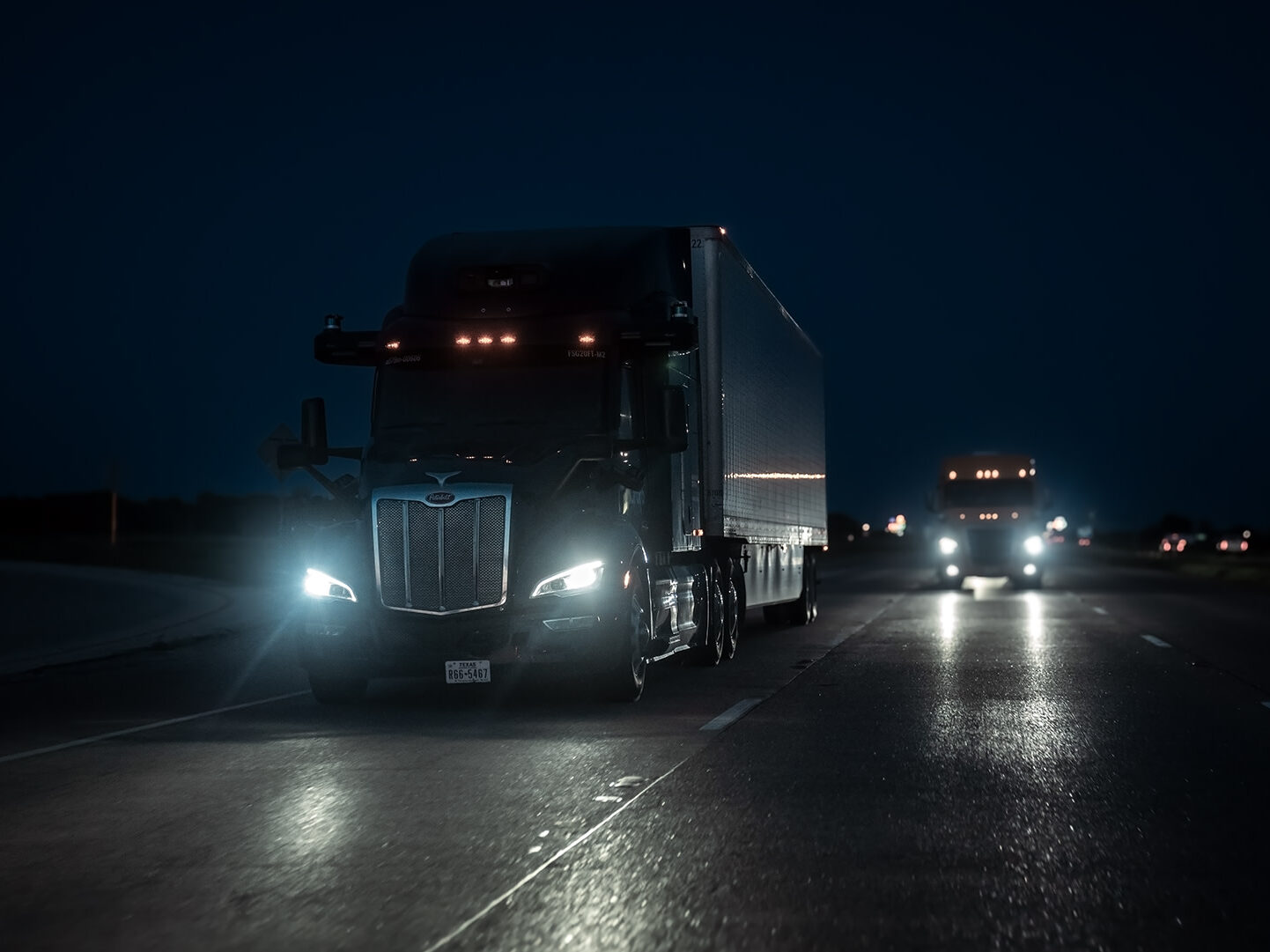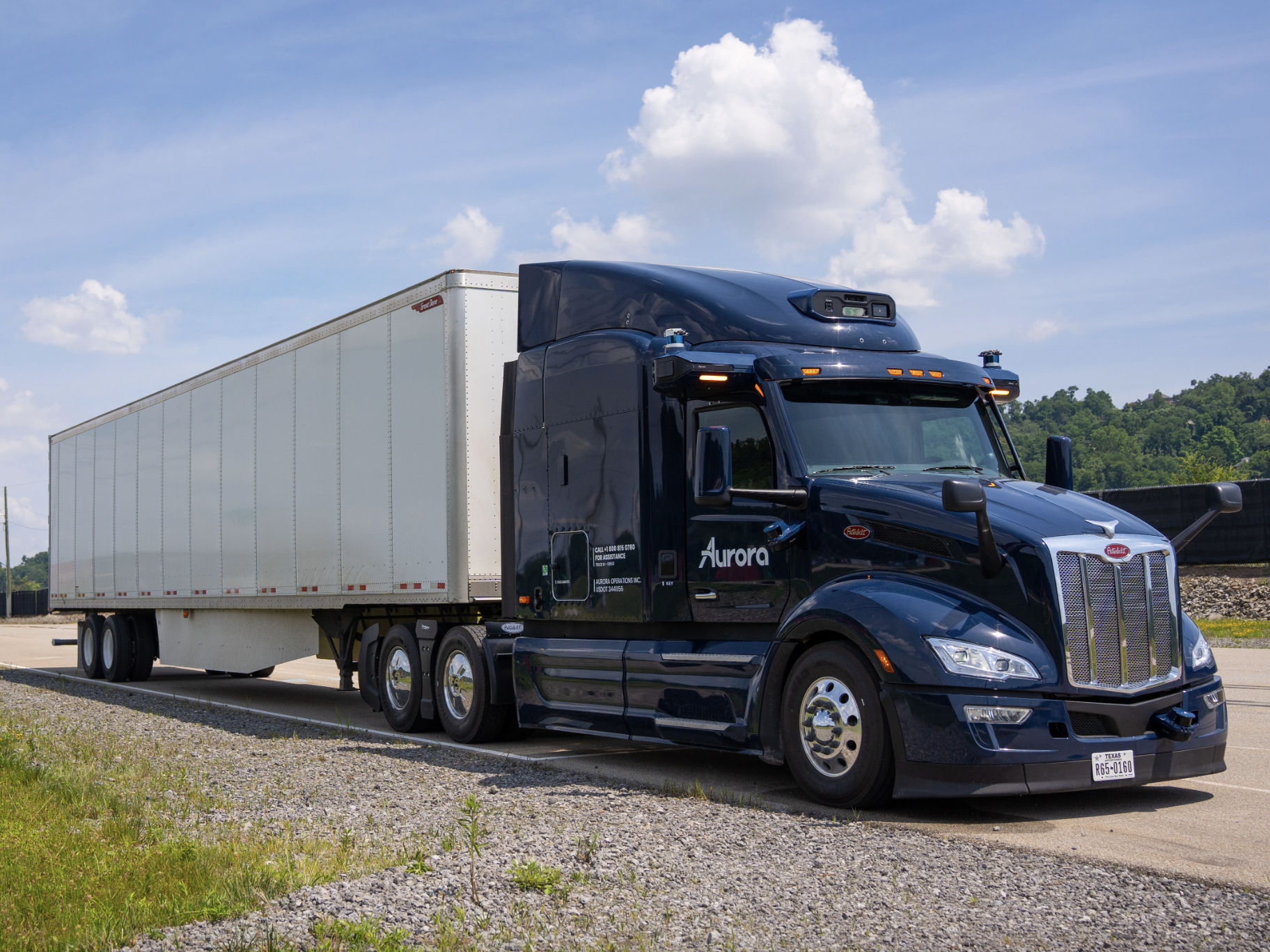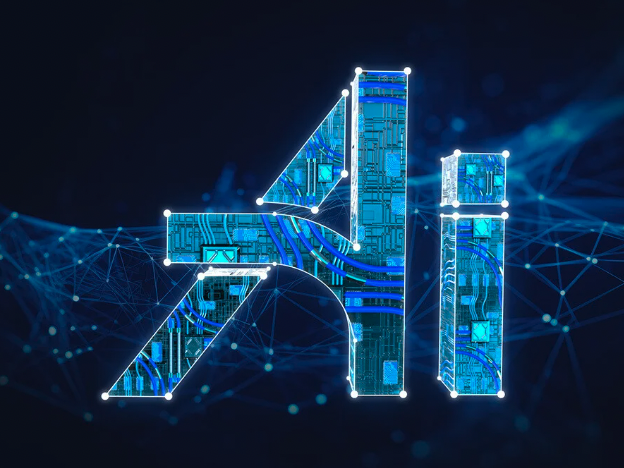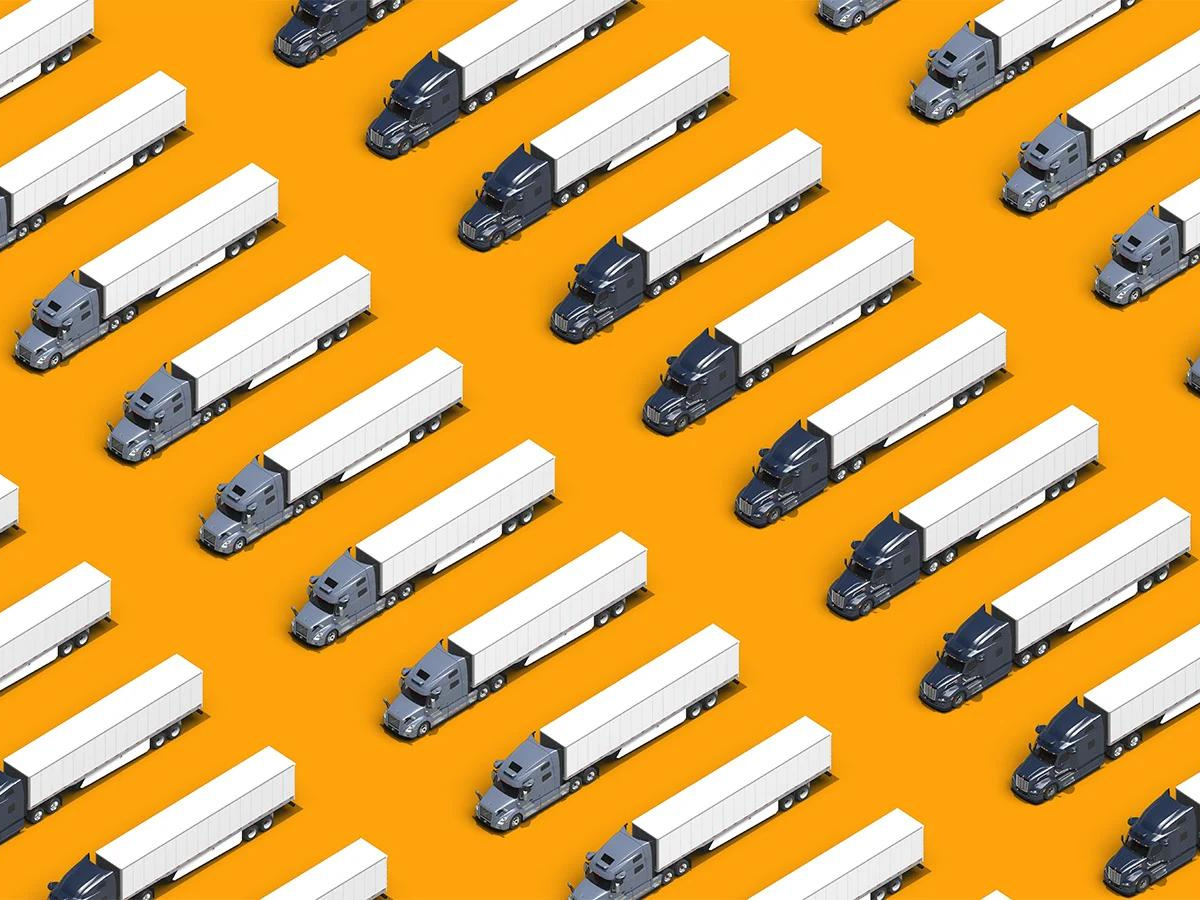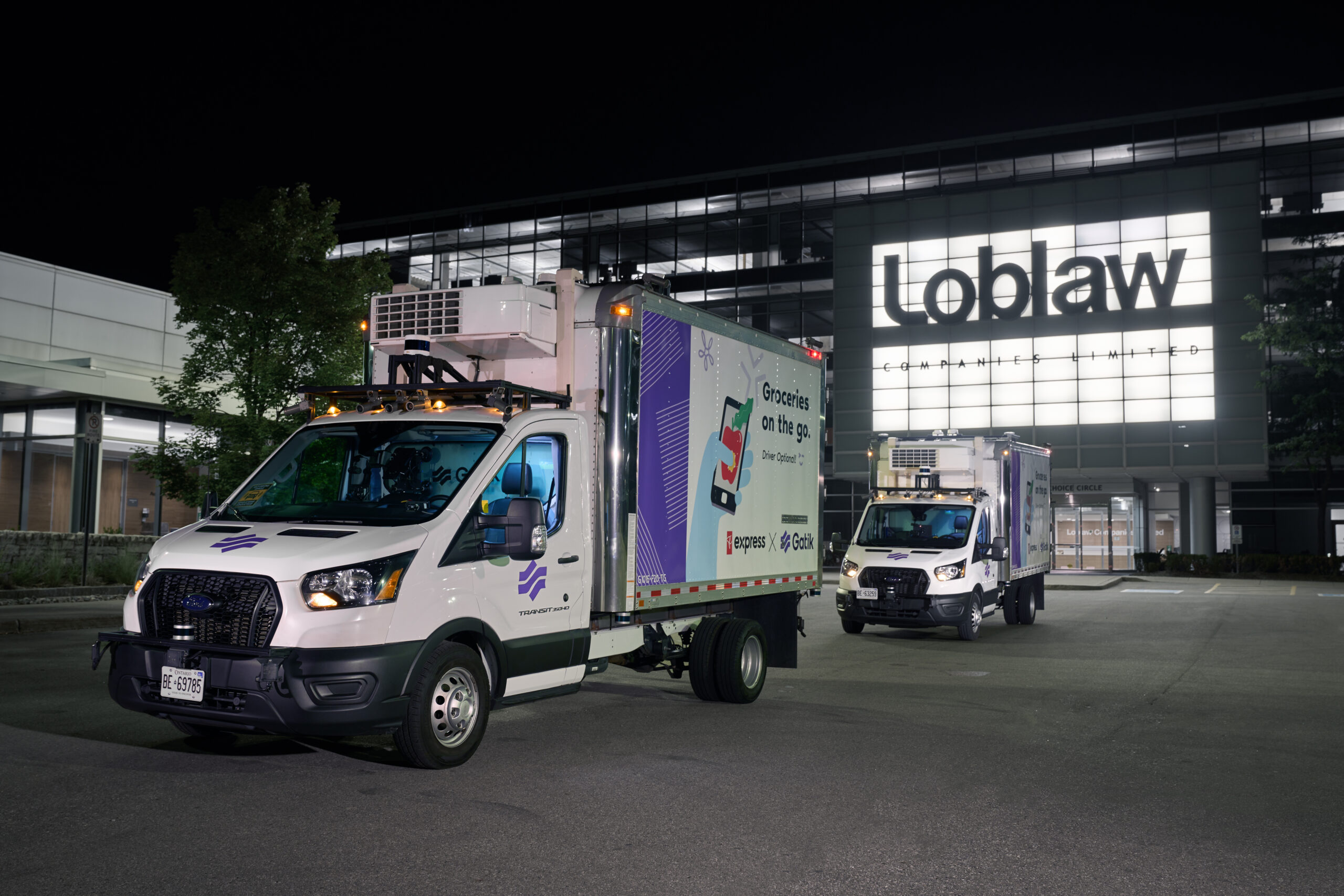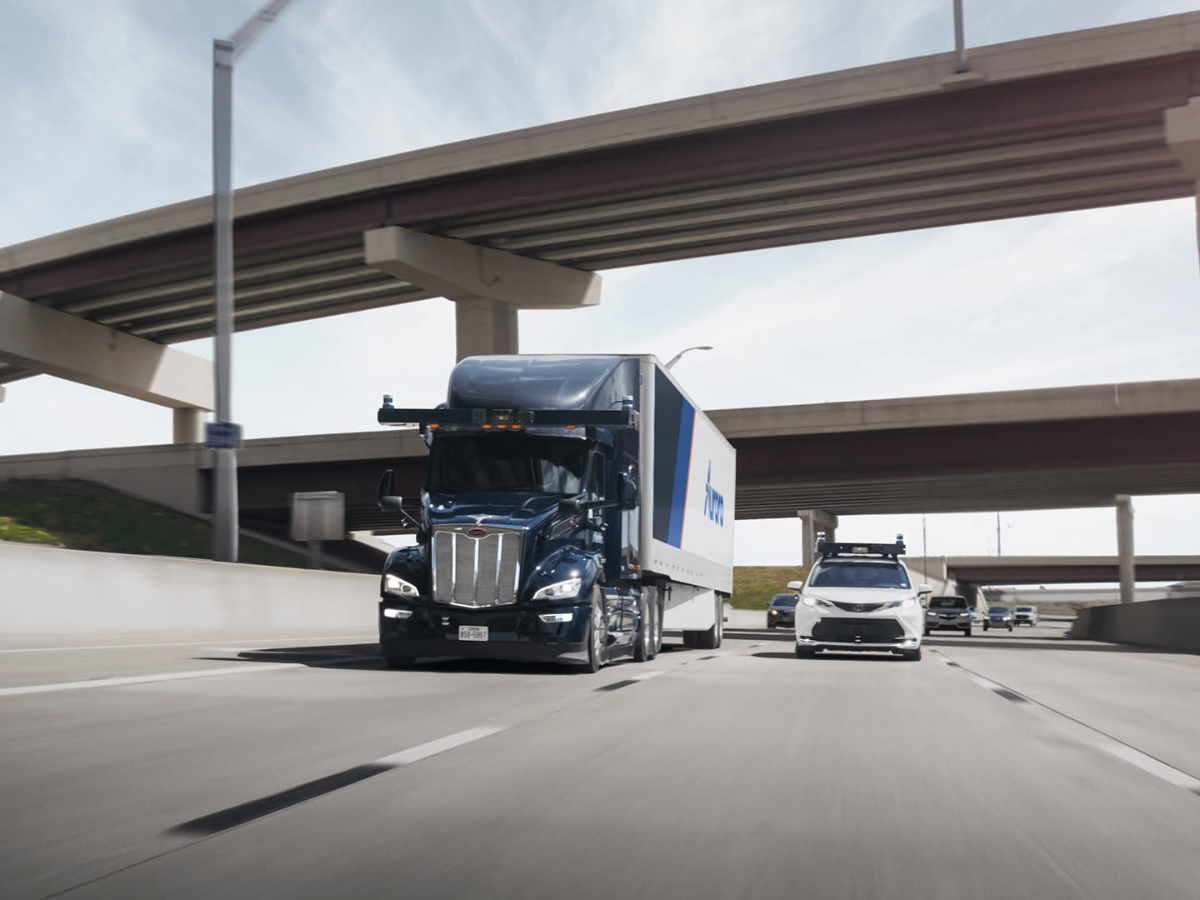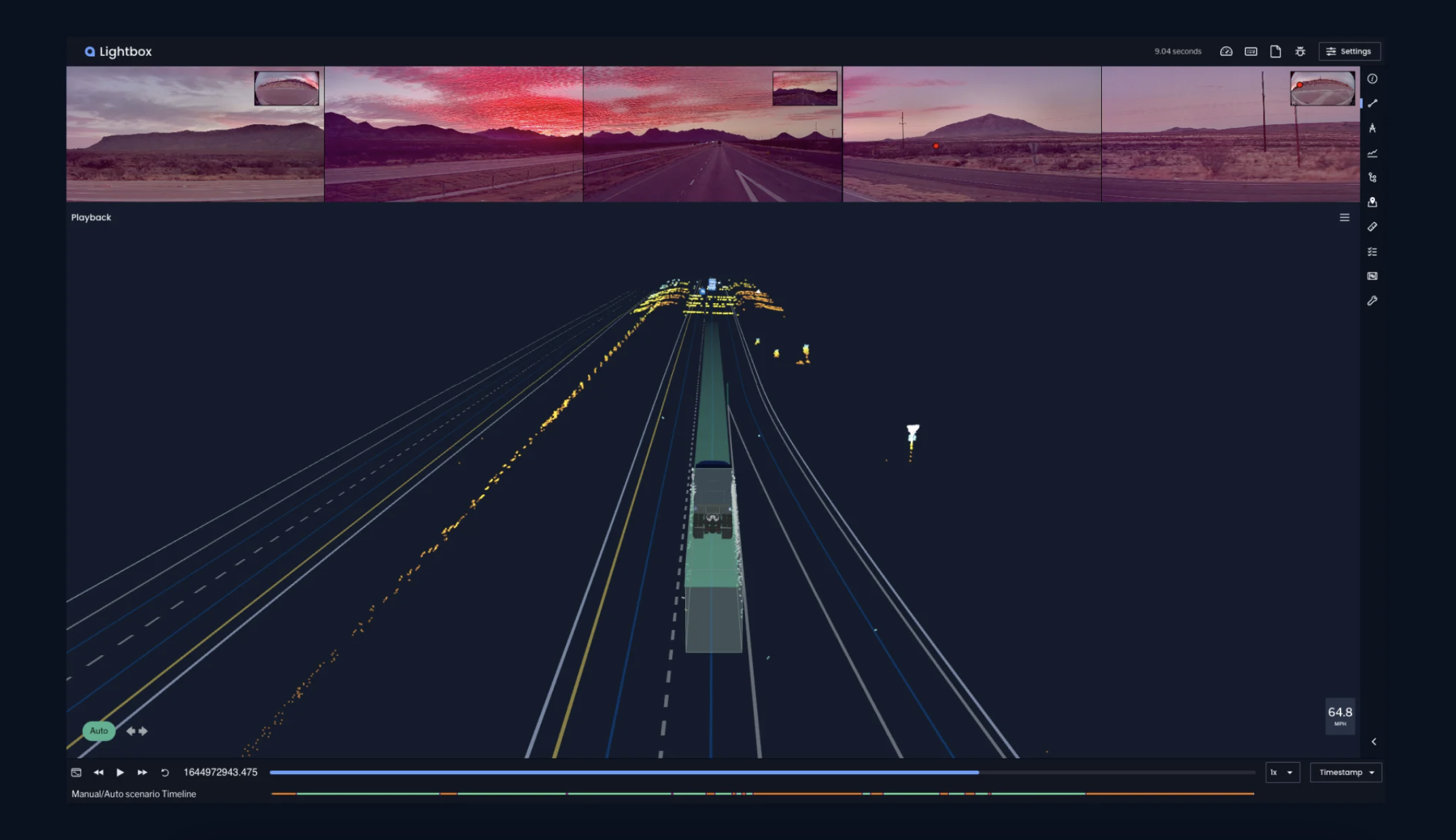Eyes on the Road(Map): The Aurora Driver Advances toward “Feature Complete” Milestone
Aurora Driver Beta 4.0 includes key capabilities to enable commercial launch.
We are making strong progress toward the commercial launch of our Aurora Horizon autonomous trucking service, and we’re excited to share that we have released the fourth beta version of our flagship product, the Aurora Driver.
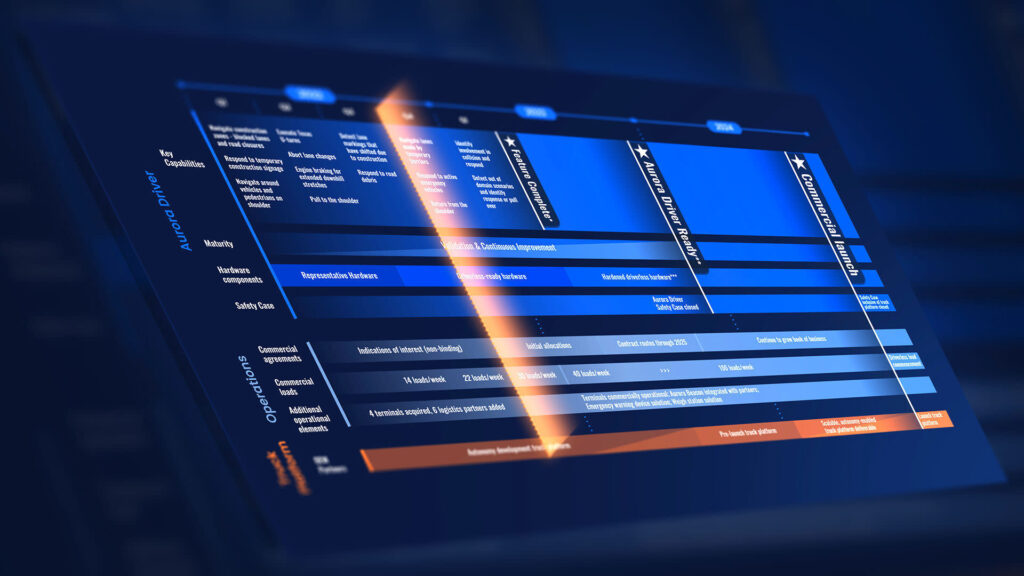
Aurora Driver Beta 4.0 contains new capabilities and improvements to many of the capabilities we’ve released in past betas. Each of our beta releases builds on the ones that came before, which are collectively designed to culminate in a collection of all the capabilities that will make the Aurora Driver “feature complete.”
Defining “Feature Complete”
In just six months, we expect to have established all of the key capabilities necessary to launch Aurora Horizon and removed all policy interventions. In other words, the Aurora Driver will be able to autonomously navigate all of the common driving situations we expect it will encounter on our launch lane while hauling loads for Aurora customers. We expect to reach this stage at the end of the first quarter of 2023, at which time we would consider the Aurora Driver to be “feature complete.” For the rest of 2023, we expect to continue to improve performance and validate the Aurora Driver, and by the end of 2023 we expect to have closed the Aurora Driver Safety Case.
As illustrated on our roadmap, we committed to releasing two new capabilities in Q3 of 2022—detecting lane markings that have shifted due to construction and responding to road debris. Over the past quarter, we have developed, tested, and delivered both of these capabilities, which will enable the Aurora Driver to autonomously handle new kinds of common obstacles.
Expecting the Unexpected
While driving on public roads, there is always a chance that the Aurora Driver will come across an unexpected obstacle—such as a fallen tree branch or new lane markings. To be a safe road user, the Aurora Driver must be able to quickly and reliably detect and respond to unfamiliar objects and boundaries.
Shifted Lane Markings
As we’ve noted before, Texas highways are notorious for year-round construction, and navigating construction zones is an incredibly tricky thing for an autonomous vehicle.
While the Aurora Atlas, our HD map, is regularly updated with new information about the state of the road, construction zones can appear and disappear without advance notice. Sometimes, traffic will be directed around a new construction zone by temporary repainted lane lines. This creates a mismatch between the Aurora Driver’s internal map and the physical reality of the road.
Because these temporary lane lines appear somewhat frequently along our commercial routes, we’ve been working to enable the Aurora Driver to perceive the new lane lines in real-time and understand that it should follow that new path instead of the path that exists in the Atlas. When triggered by the appearance of new alternative lane lines, the Aurora Driver will be able to deviate from the Atlas and rely on its advanced perception system instead of on a human.
Road Debris
Last quarter, we shared an inside look at how we’ve been training the Aurora Driver to detect various kinds of road debris. Road debris is extremely common and can be very dangerous, especially when vehicles are moving at highway speeds—according to AAA, nearly 37% of all deaths in road debris-related collisions occurred following a driver swerving to avoid hitting an object.
We always start off our capability development process in simulation. We exposed the Aurora Driver to over 10k virtual road debris tests, then validated its performance on private test tracks. During the past quarter, we enabled the Aurora Driver’s ability to respond to the road debris we encounter while hauling goods on public roads across Texas for our commercial pilots, such as tire shreds, garbage, fallen boxes, vegetation, and even abandoned furniture.
Continuous Improvement
In addition to developing the remaining capabilities on our roadmap, we are constantly working to improve the Aurora Driver’s performance on existing capabilities. Software development is an iterative process, and with each beta release, we strive to both expand and reinforce the Aurora Driver’s operational scope, making it incrementally safer and more commercially viable.
Last quarter, we shared an example of the Aurora Driver sharing the road with a couple of motorcyclists, one of whom performed a surprising stunt while passing by. Motorcyclists, construction workers, and law enforcement officers make frequent appearances on the Texas highways our autonomous trucks traverse. We even see the occasional bicyclist or dog walker.
Because these road users can behave unpredictably and are more vulnerable than drivers who are fully enclosed in a vehicle, it is critical that the Aurora Driver is able to detect and recognize them from far away. Since Q1 of 2022, when we released the Aurora Driver’s capability to navigate around pedestrians on the shoulder of the road, our perception system has become increasingly better at detecting pedestrians at greater distances. We’ll share more about how we’ve trained the Aurora Driver to be extra cautious around these kinds of road users soon!
Coming Soon
Over the next quarter, as outlined on our roadmap, we will be preparing for the release of three more capabilities:
Navigating lanes marked by temporary barriers will build on the Aurora Driver’s new ability to detect and follow repainted lane lines.
Responding to active emergency vehicles will allow the Aurora Driver to safely navigate emergency situations and interactions with law enforcement vehicles.
Returning from the shoulder will build on the fault management capabilities we released in Q2, and allow the Aurora Driver to merge back onto the road after recovering from a fault.
Keep an eye out for more updates as we continue to develop and work toward the delivery of the capabilities that will make the Aurora Driver “feature complete” on our path to commercial launch.
This article was originally published by Aurora.


